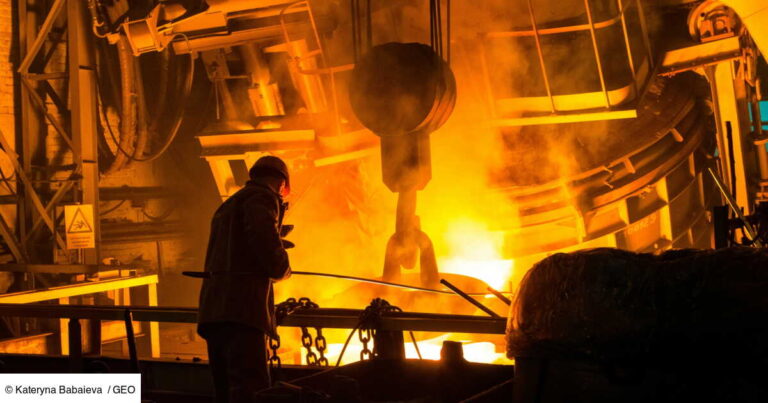A breakthrough in steel production is reshaping the industry and bringing hope for a greener future. After more than a decade of research, a team of Chinese scientists has developed a new process that’s not only 3,600 times faster than traditional methods but also eliminates the need for coal. This innovation could transform the global steel industry while significantly reducing carbon emissions.
A New Chapter in Steelmaking
Steel has always been central to modern life—it’s in our buildings, cars, and countless everyday products. But traditional steelmaking is an energy-intensive process that relies heavily on coal, making it a major contributor to global carbon emissions. Until now, steel was made by heating iron ore pellets in massive blast furnaces filled with coke (a processed form of coal). This process takes hours and consumes a huge amount of energy.
The newly developed Chinese method takes a completely different approach. According to Zhang Wenhai, the lead researcher on the project, this innovative process can produce steel in just three to six seconds, compared to the usual five to six hours.
How the Process Works ?
Instead of using iron ore pellets and coke, this new method starts with finely ground iron ore powder. Scientists inject the powder into a superheated furnace using a vortex lance, creating what Zhang describes as a “chemical explosion.” This reaction causes molten iron droplets to form and collect at the bottom of the furnace, producing pure liquid steel ready for use.
One of the most impressive aspects of the process is its versatility—it works with both high-grade and low-grade iron ore. This is particularly advantageous for China, which has abundant reserves of low-grade ore. In the past, Chinese producers relied heavily on imports of higher-grade ore from countries like Australia and Brazil. This new technology could reduce that dependency and boost domestic production.
What It Means for the Climate and the Industry ?
The most significant impact of this breakthrough may be on the environment. By eliminating coal from the process, this method could reduce the energy cost of steel production by up to one-third, according to Zhang. Given that China is the largest steel producer in the world, the environmental implications are massive. Reducing carbon emissions from steel production could help the country move closer to its national climate goals.
If widely adopted, this new technology could also have a ripple effect beyond China’s borders. Faster, more efficient steel production means lower costs and a smaller carbon footprint for exported steel products. Industries that rely on steel—like automotive manufacturing—could become more competitive on the global market while promoting more sustainable practices.
A Step Towards Energy Independence
China’s reliance on imported raw materials has long been a strategic vulnerability. With this new process, the country could become more self-sufficient while slashing production times and costs. It’s a win-win for both the domestic steel industry and the environment.
This breakthrough might also inspire other countries to rethink their steel production methods. As climate change pressures industries worldwide to innovate, cleaner, faster technologies like this could become the norm rather than the exception.
The Future of Steel Production
This discovery marks a turning point in how we think about steel production. Faster, greener, and less resource-intensive, this process could serve as a blueprint for the future of heavy industry. While large-scale implementation may still be on the horizon, the potential is clear: steel production without coal is not just possible—it’s the future.
As nations race to reduce emissions and meet ambitious climate targets, innovations like this offer a glimpse of what’s possible when science and sustainability come together.






